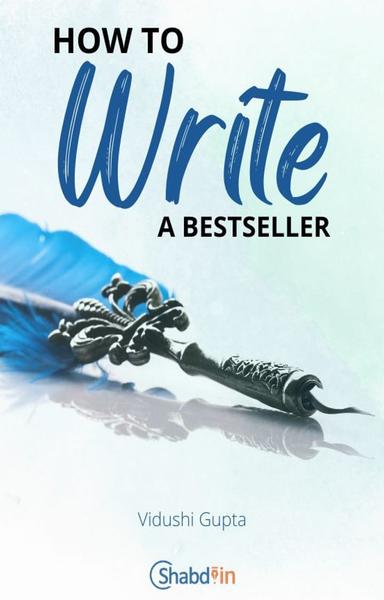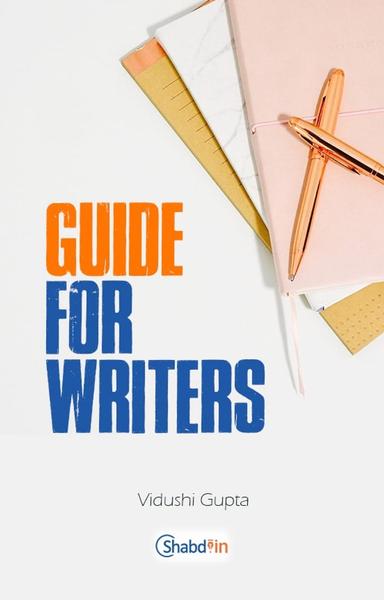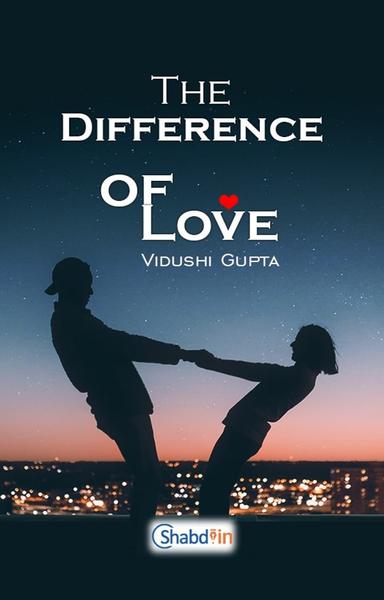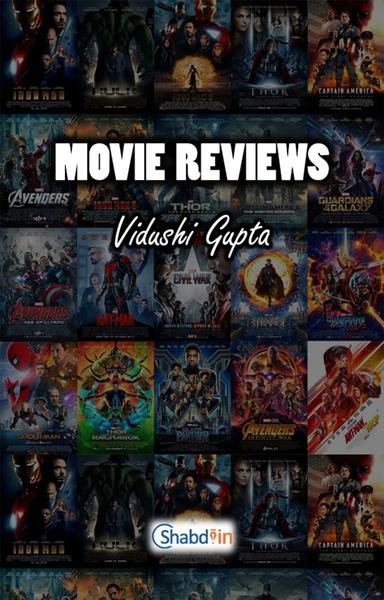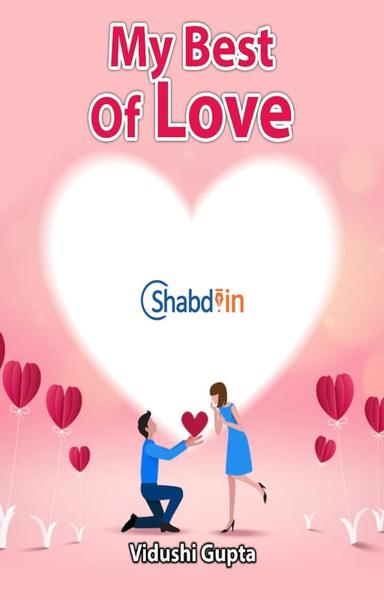I am not sure what is more difficult, imagining and processing a story in your mind or penning it down on a paper (or computer). Finding a story in your mind is a different concept, it's easy comparitively, all you need to do is think and scribble a few lines on paper, draft a blue print of the story. But when it comes to actual writing, where you have to write a real book of 200-300 pages, 50000 words, or even more in some cases your head can spin around in all directons. "How much should I write?" or "How should I begin?" or "What will be the length of the chapters?", you get many questions in your mind.
The first time I wrote a book, the beginning was the most difficult phase for me. I had an amazing story in my mind, but I had no idea how to stretch a story of half a page into a novel of 250 pages. The art of story telling is the one skill a writer, an author should possess very well.
Once you have selected your story, write it down on a paper and categorize it in three parts: the beginning, the middle and the climax. Now, the beginning of any book is a very, very important part. The first ten chapters of the book can be called as a beginning if you're writing the normal 30-40 chapters book. The starting chapters are crucial because it's important to pick up the interest of the readers right at the start. For example, if you pick up a book to read and find it too boring just after3-4 chapters, will you countinue reading it? No, of course not, you'll drop it like a hot potato and will ensure to not buy the next book of the same author. Look, as a new author, or even as an author who has written a hundred books, one must ensure that the words they're writing find the readers. If any reader picks your book to read, they should be engrossed in that, so much so they start living in the world that you've built with creativity and imagination.
So the beginning of the book should be as interesting as it can get. You can use these chapters to set the mood of the novel, you can interestingly plan the characters of the book. This is about setting the baseline so the readers stay engrossed in the book. Once the reader has stayed enough to read the entire beginning, there are high chances that the said reader will finish the entire book.
The middle chapters of the book are generally, but still can have many twists and turns. The real storyline lies in the middle chapters, which are between chapter 10 to chapter 25. The first chapters are for building the interest of the readers in the book, and the middle chapters are to craft the storyline and to retain the interest of the readers. If the book gets too slow, or too fast, or too boring and repetetive, again, the reader will lose the attention. One can also add a sub-plot in the middle of the book, who's beginning, middle and climax all would be wrapped up in these 15 chapters to make the book more interesting.
Finally we come on the last and most important part of the book, the climax, the ending, the conclusion. You can write a good beginning and an average middle, but according to me, a story, a book should always have a fantabulous climax, and not something anyreader can assume and predict. An amazing ending of a book is the one which cannot be predicted to even thought of by the reader. That's what you should be aiming at. For "The Unending Maze" and "The Incurable Cure" I scrapped quite a lot of endings because they were too common, so much that one can think about that, and what'ts the use of writing something so common?
Imagine you are the reader of a book. and till the 25th chapter, you liked the book and you feel the tension building to know the conclusion. But when you read the climax, it's exactly what you were thinking what it will be. Would you then feel the immense pleasure? No. Now imagine reading a climax which was totally beyond your own comprehension, something unexpected, in a good way, how would you then feel about the book and the author? Impressed.That's what you're aiming for as an author. To take your readers by surprise in the final phase of your book.
Also, it is to be noted that all these three parts ahould be interlinked with each other as a flowing story without causing confusion to the readers. All the dots of the story should be properly connected. The three parts should become one story in continuation.
Converting your idea into a full flash book is no easy task. It takes patience, dedication, creativity, uniqueness, mind boggling research and a fiery passion towards words and comprehension. After working on a book for weeks, months or even years, an author gets that final product as a dream. Writing a book isn't easy, but it's definitely worth it.

